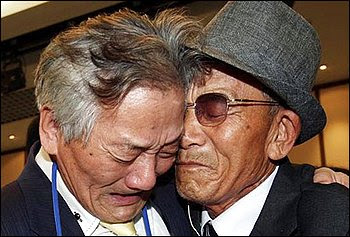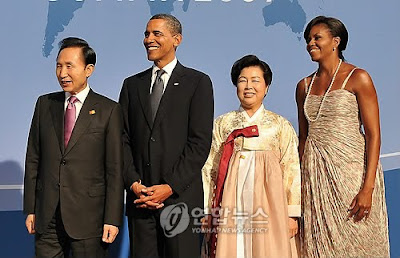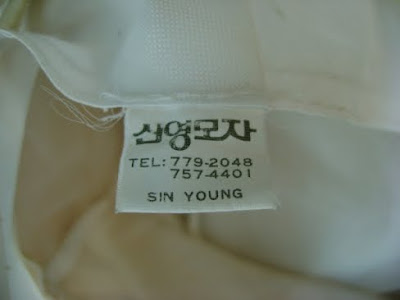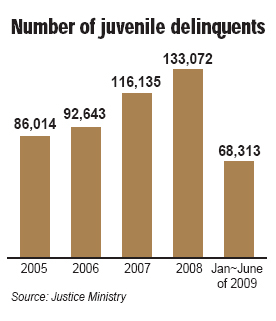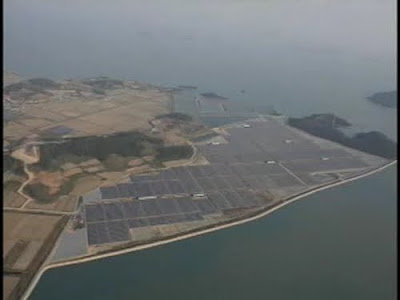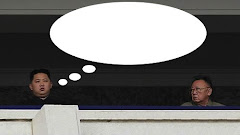The NYT this week includes an essay from several medical professionals admonishing women to get vaccinated for the flu:
Pregnant women are deluged with advice about things to avoid: caffeine, paint, soft cheese, sushi. Even when evidence of possible harm is weak or purely theoretical, the overriding caveat is, “Don’t take it, don’t use it, don’t do it.”Meanwhile, in South Korea we have news that as many as one-tenth of all pregnant women choose abortion because of medication they were taking before they discovered they were pregnant:
In a few contexts, the admonition is warranted; in most, it is merely inconvenient and anxiety provoking. But in the case of pandemic influenza, it may be deadly. With the second wave of swine flu at hand, and up to 50 percent of the public at risk, the usual mode of thinking about pregnancy and medications threatens to make a worrisome situation worse.
The dangers of this mentality became frighteningly apparent this summer, when a study in The Lancet reported strikingly high rates of death and of complications like pneumonia in pregnant women with H1N1 influenza. Pregnancy meant a fourfold risk of hospitalization, sometimes with a tragic outcome; all the pregnant women who died had been relatively healthy to begin with.
The Centers for Disease Control and Prevention have since put pregnant women at the top of the priority list for the vaccine, and have recommended that pregnant women start antiviral medications as soon as possible after exposure to the virus and after the onset of flu symptoms.
But if experience is any indication, even these forceful recommendations may not be enough to overcome reluctance among pregnant women and those who care for them. Even though the seasonal flu vaccine is recommended for pregnant women in particular, in one study only 15 percent received the vaccine — a rate far lower than any adult group for whom it is recommended.
Many pregnant women make the hasty decision to have an abortion because of medication they were taking when they became pregnant.While it's perhaps unfair to compare these two different phenomena gleaned from two articles about two entirely different subjects, one could be forgiven for drawing the conclusion that the American women described in the article were going against medical advice for selfless reasons and the Korean women doing so for mostly selfish reasons. Many South Koreans speak of the difficulties of those who have birth defects, deformities, etc., but it is typically not in the context of how to help them, but rather why they shouldn't be brought to term.
The practice is often based on unfounded fears that the medicine could lead to fetal deformities, says Dr. Kim Tae-yoon, head of the gynecological department of Miz Medi Hospital.
"Though doctors assure them that most of the drugs are okay and recommend them to keep the baby, they just ask for the procedure," he said.
Kim's remarks came in response to the Korea Food and Drug Administration's report that about 96,000 women, 10 percent of pregnant women, were having abortions for drug-related reasons each year.
These women say they were unaware of their pregnancy when they were medicated and want to err on the side of caution by having the procedure.
Most had taken weight-loss pills, painkillers, antibiotics, cough drops and anti-histamines.
Rep. Shim Jae-chul of the governing Grand National Party, however, claimed that 70 percent of the drugs they were taking were actually irrelevant to the health of a fetus and that the abortions were unnecessary. Most did not affect the central nervous and endocrine systems, or cardio-related areas, Shim claimed.
Indeed, I can't help but suspect that many of these women are using the medication they were taking as an excuse not to go through with their unplanned pregnancy.
Indeed, the KT article goes on to talk about the severity of South Korea's abortion statistics:
Sphere: Related Content
Abortions are a serious social issue, with the number of procedures reaching 339,818 in 2005. Professor Kim Hae-jung of Korea University said that one out of every five fetuses conceived in Korea is aborted. This rate is nine times that of the United States and 2.5 times that of Japan.Not the kind of thing South Koreans want to be tops in. Frankly, I think it's appalling, even though I'm pro-choice. I'm somewhat Clintonian in my outlook on abortion: It should be safe, legal, and rare.
But Kim assumed that the actual number, if those seeking the procedure illegally were included, would be much higher than the reported one.
"This actual number would make Korea the No. 1 abortion country in the world," he said.


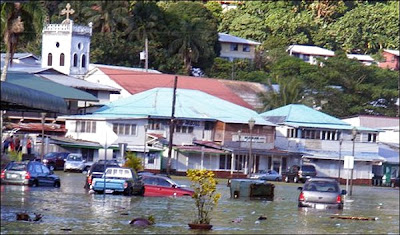
 Among the dead were at least two South Koreans, possibly more:
Among the dead were at least two South Koreans, possibly more:
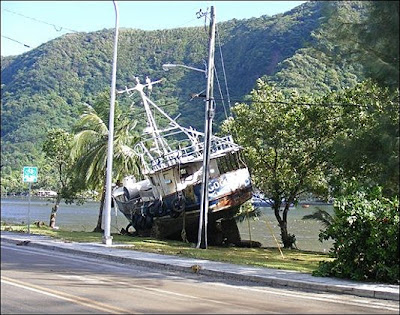



 The Orange County Superior Court has decided that 41-year-old Martin Burt Kuehl, a resident of the central OC community of Costa Mesa, must stand trial for gross vehicular manslaughter involving a texting-while-driving incident.
The Orange County Superior Court has decided that 41-year-old Martin Burt Kuehl, a resident of the central OC community of Costa Mesa, must stand trial for gross vehicular manslaughter involving a texting-while-driving incident.

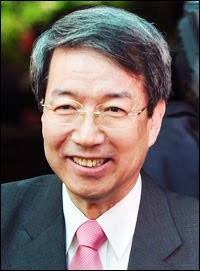 Despite objection from opposition parties, National Assembly approves Chung Unchan as Prime Minister (
Despite objection from opposition parties, National Assembly approves Chung Unchan as Prime Minister (





